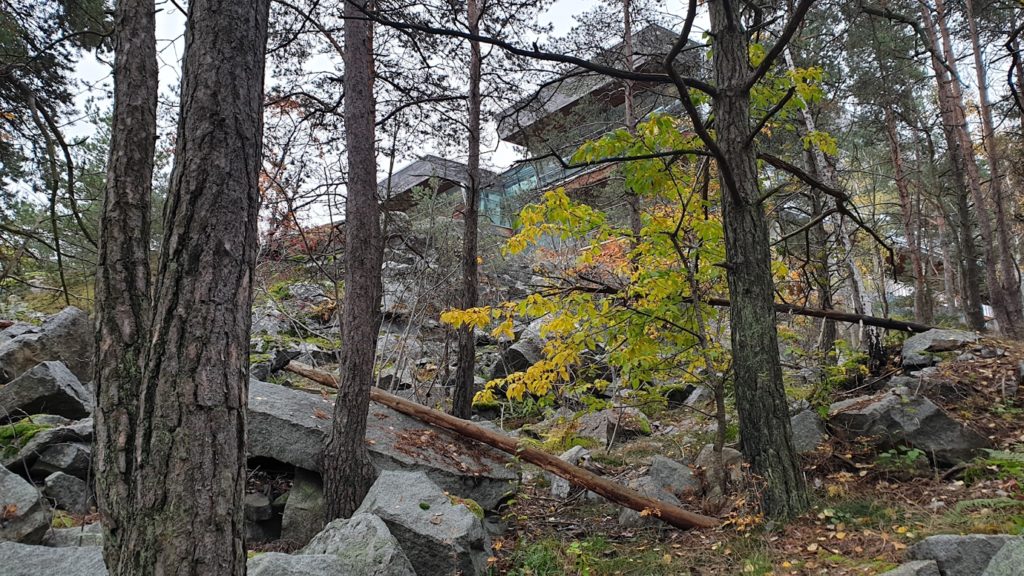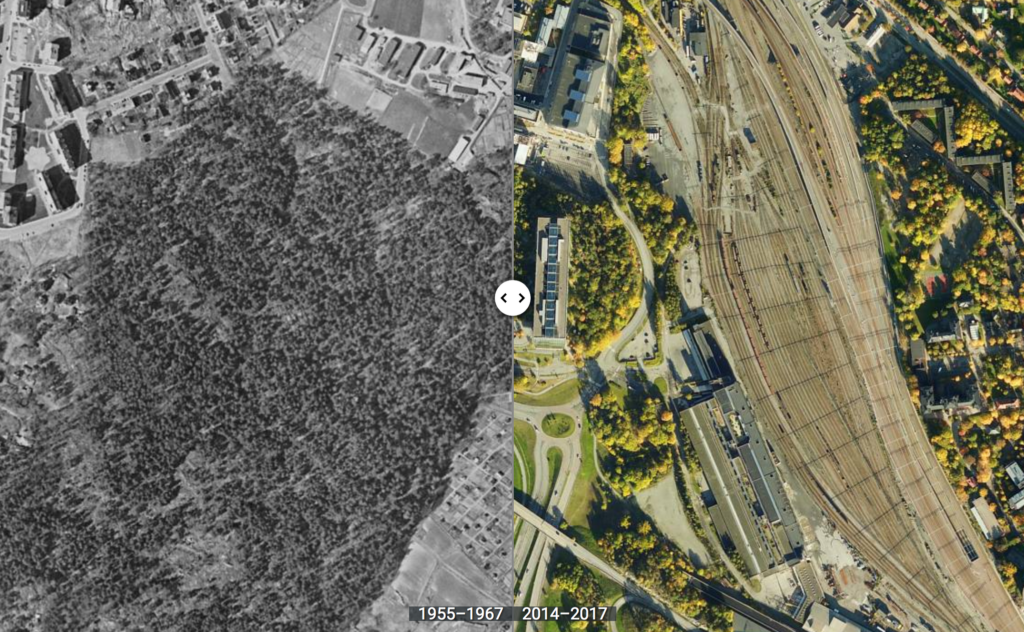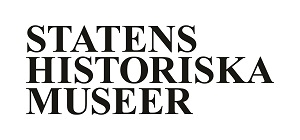
Markkänning – från Ingentingskogen till Experimentalfältet. Art & Science Retreat nr. 1
Den vandring vi genomförde 10-11mars, från Ingentingskogen till Experimentalfältet, kan ses som en liten del av en längre vandring som sträcker sig ut i landet till olika platser, vilka på skilda sätt vittnar om samhällets relation till jord och också dess jordberoende. Genom vandringarna och en historiskt färgad lins ser vi på jordbruksrevolutionen och de ekonomiska system som format människors och samhällets relation till jord i Sverige. Vi besöker platser som vittnar om, eller står likt ruiner över, ett nyligt förflutet och det sedan länge förgångna.
Vandringen startade i Ingentingskogen i Solna. Där samsas forntida fynd och gravar med kommunala översiktplaner, biologiska kartläggningar av hotade arter, Bellmanhistorier, järnvägen som vittnar om industrialismens genomslag i Sverige, samt lämningar efter nyligen rivna kolonistugor vilka en gång uppfördes av järnvägsarbetare.
Med industrialiseringen av jordbruket separerades jord från både skog och boskap. Skiftesreformerna banade väg för storskaliga monokulturer och konstgödsel samt en omvälvande omflyttning av människor från land till stad. På väg genom Ekoparken-Nationalstadsparken och Albano passerar vi tillsammansodlingen Bellevue Farm och även konstverket Future Island som båda aktualiserar frågan om stadens jordberoende, matförsörjning och biologiska mångfald i relation till klimatförändringarna. Begrepp som ”agro-urbanism” och ”agro-pelago” har t.ex. myntats för att lyfta hur stad och landsbygd åter behöver integreras för att skapa resilienta och hållbara samhällen.
Genom att besöka Skogsträdgården på Stockholms universitet – beläget på den plats som en gång utgjorde Experimentalfältet – introduceras kort platsens historia samt Agroforestry (Skogsträdgårdsodling), ett integrativt odlingssystem som skulle kunna utgöra ett ”Experimentalfält 2.0”. EU förespråkar starkt en omställning till Agroforestry, vilket kräver ett helt annat sätt att tänka komplexa samspel både på samhällsnivå och för de enskilda jordbrukarna.
Denna första art & science retreat innehöll även ett seminarium med Danielle Wilde och Teemu Lehmusruusu om tvärdisciplinära sätt att arbeta med jord och hållbarhet.
Nedan ger vi några glimtar från exkursionen på engelska (postad på den engelska versionen av Humus economicus). Två fördjupande texter har också publicerats: Markkänning – mellan daggmaskar och satelliter och Jordlager i lagar – ytvärden och djupvärden
10-11 mars, 2021. Ingentingskogen
We love field work. We love hot coffee and crisp early Spring days, and to be on the move through landscapes, soundscapes, cityscapes – in conversation with the site and each other. The terrain informs the conversation in invaluable ways, becomes a dialogue partner, and attunes our senses to shifts, rifts, processes, transformations and relations.
Yet, the still ongoing pandemic forces us to visit and collaborate differently, and, in comparison, on a very limited band width. How to do an excursion online?
The aim of this first art & science retreat is to start map and story human-soil relations formed by urbanization at the fringes, through walking from Ingentingskogen (the Nothing Forest) in Solna to Experimentalfältet (the Experimental Field) in Stockholm, and to visit sites along the way with special relevance for the overarching topic ”Soil Degradation and Soil Blindness”. The walk sets the stage for a discussion on soil blindness, and offers a historical lens as it attends to the agrarian revolutions that have shaped human-soil relations in Sweden.

Ingentingskogen, today a severely fragmented green structure, yet still functioning as a biodiversity corridor and host to rare old oaks and red listed insects, was around 1910 a forest outside of Stockholm, cut through by railway tracks and surrounded by 478 allotments cared for by railway workers. The forest was also a popular and important meeting place. The workers movement established people’s parks and houses (Folkets Park and Folkets Hus) for leisure, entertainment, education and political meetings. Workers had at this time not the right to vote and little access to places where they could assemble. Long before the railway workers settled here, the area was in prehistoric times part of an archipelago, and used as a burial site. A few burial mounds from around 400 AD have been preserved and stand as witnesses to the farming population who once lived in the area. From the mid 1960s and onwards, the forest has shrunk due to large infrastructure initiatives and housing projects. The last allotments were eventually torn down 2013, not without protests. New city districts are being planned and built at a high pace. It is hard to imagine that not too long ago, tobacco grew on the hillsides.
At the other end of our walk, we find what was once the Experimental Field (Experimentalfältet). Established 1816, and used by the Royal Swedish Academy of Agriculture, it set out to develop the agrarian sciences and enhance the productivity in Swedish agriculture through the use of chemistry, new crops and imported breeds. It marks the start of the industrialisation of agriculture. Today, Stockholm University is situated here.
This walk is the first of a series of walks, where we visit sites that bear witness to how soil management and soil sealing have formed landscapes and relations over time. Through digging where we stand, we seek to cross fertilize Environmental Humanities and art in order to generate textured, situated, diversified, and connected understandings of soils.
Since our excursion moved online, we made a two-day virtual walk where we took turns storying different parts, adding layers and perspectives, stitching together memories from earlier walks on site with traces, voices, development plans, maps, news clippings, archaeological findings, environmental reports, and photos.
The sites will be revisited and the walk continued.
/ Janna Holmstedt
Relaterade poster
Markkänning – mellan daggmaskar och satelliter
Jordlager i lagar – ytvärden och djupvärden
Referenser
Läs mer om Experimetalfältet i Ulrich Langes Vägvisare till det forna Experimentalfältet i Frescai, Stockholms universitet (KLSA, 2001).
Lyssna på konsthallen Accelerators pod Experimentalfältets historia (25 min), gjord i samband med utställningen Experimentalfältet.

